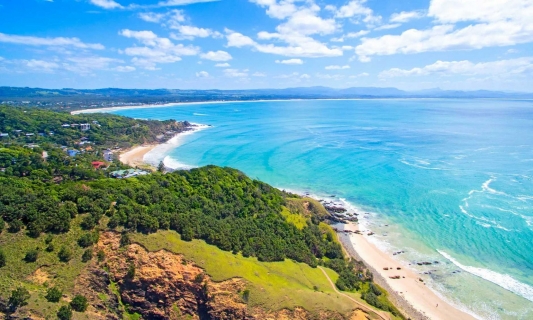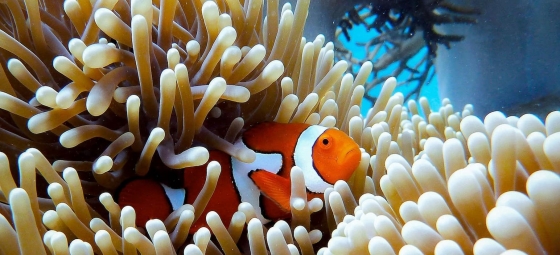Hepburn Springs Weather and Climate: A Comprehensive Guide
The temperature in Hepburn Springs can vary greatly throughout the year.
The temperatures shift from warm
to cold.
It maintains moderate precipitation patterns.
Let's now guide you through the climate details for a complete overview.
Average maximum day and minimum night temperature
Depending on the time of the year, temperatures range from comfortable to chilly in Hepburn Springs. Typically, average maximum daytime temperatures range from a comfortable 27°C in January to a chilly 11°C in the coolest month, July.
Nights are cooler, with lows often dropping to around 3°C during the colder months.Check out our detailed temperature page for more information.
Temperature ranges by month
Precipitation and rainy days
Generally, Hepburn Springs has a moderate amount of precipitation, averaging 626 mm of rainfall annually. The climate in Hepburn Springs shows significant variation throughout the year. Expect moderate rainfall in September, with an average of 71 mm of precipitation over 11 rainy days.
In contrast, March offers drier and sunnier days, with around 29 mm of rainfall over 10 rainy days. For more details, please visit our Hepburn Springs Precipitation page.The mean monthly precipitation over the year, including rain, hail and snow
Average humidity
The relative humidity is moderate throughout the year in Hepburn Springs.
The city experiences its highest humidity in June, reaching 71%. In January, the humidity drops to its lowest level at 36%. What does this mean? Read our detailed page on humidity levels for further details.
Relative humidity over the year
Forecast for Hepburn Springs



Select a Month of Interest
Check the conditions for any month of the year.
The best time of year to visit Hepburn Springs in Australia
During the months of March, November and December you are most likely to experience good weather with pleasant average temperatures that fall between 20°C and 26°C.Other facts from our historical weather data:
January has an average maximum temperature of 27°C and is the warmest month of the year.
The coldest month is August with an average maximum temperature of 11°C.
September tops the wettest month list with 71 mm of rainfall.
March is the driest month with 29 mm of precipitation.
No idea where to travel to this year? We have a tool that recommends destinations based on your ideal conditions. Find out where to go with our weather planner.



